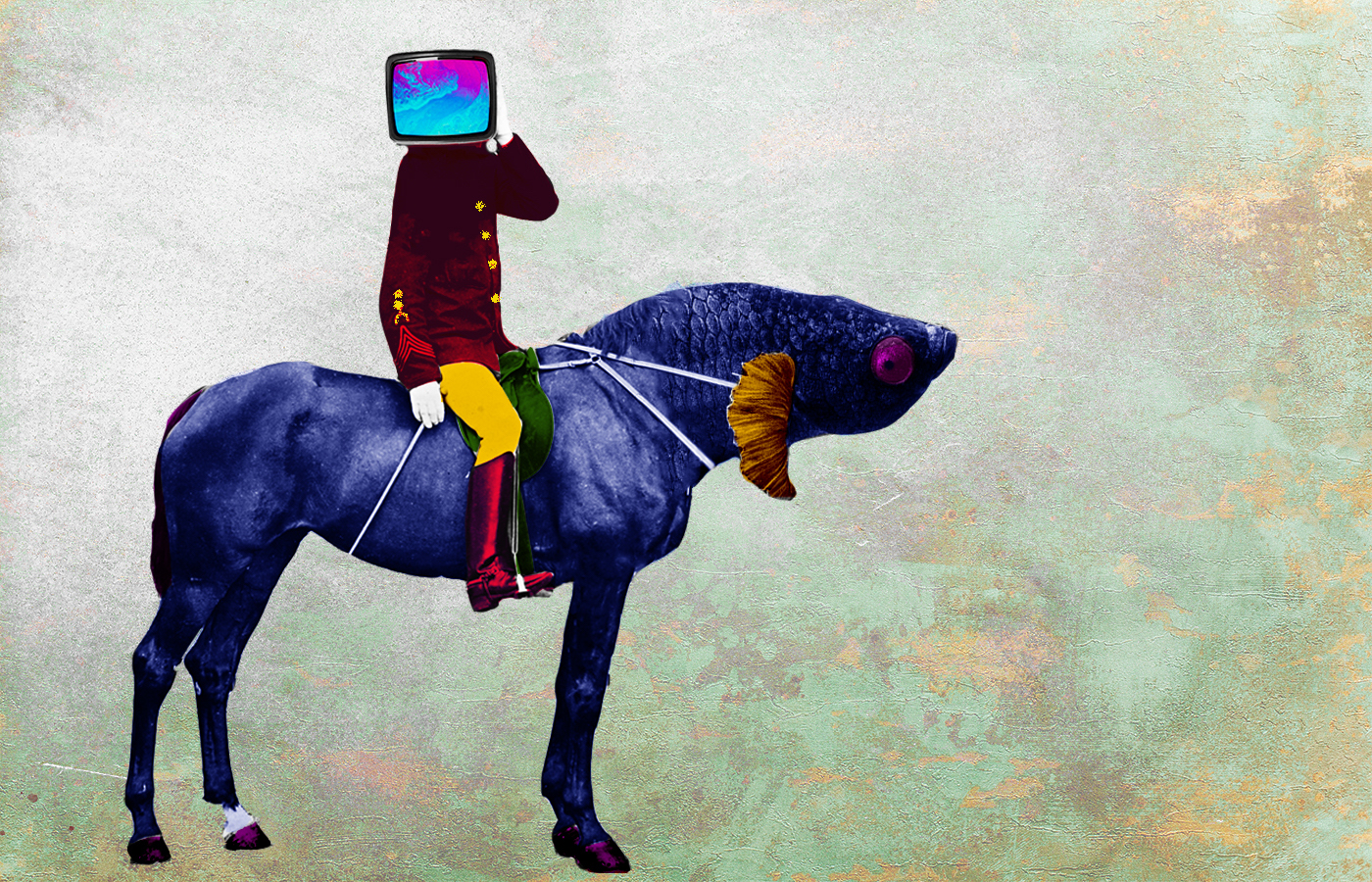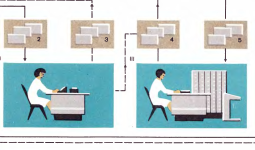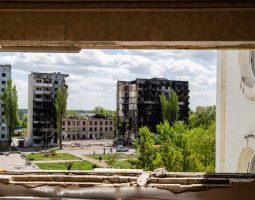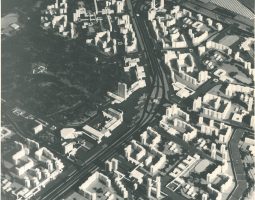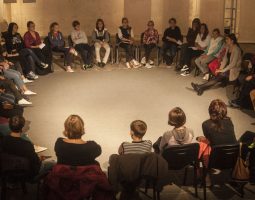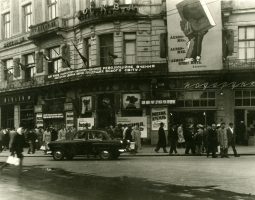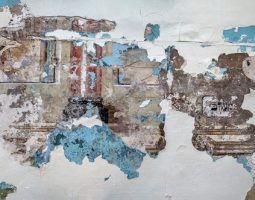This research focus connects several research initiatives by the Center at the intersection of communication, media studies and urban studies. In this framework, we elaborate on the mutually entangled domains of urbanity and communication, conceptually framed in literature as media city as suggested by Scott McQuire, communicative city following the proposal of McQuire and Sun Wei or urban media proposed by Zlatan Krajina and Deborah Stevenson.
We consider urban media and communication through the perspective of the past two centuries, focusing on Lviv as a case study. Cities shape, exist and change, driven by the need for social interaction. Thus, cities can be perceived as a medium to facilitate these needs. The more heterogeneous a city becomes, the more mediatized and networked communication practices develop between citizens—communities of strangers living next door to each other. Urban residents need media technology to interact. Therefore, the city's functioning as a community becomes closely linked to mediatized communication. Historicizing a city as form, content and context of communication allows us to look at how its various manifestations have emerged, lasted and disappeared, as well as its cultural, social or political implications.
City is a form of communication in its own right. The streets and squares are key manifestations of the modes of communication. Market squares, with the town hall in the middle, by their very structure, declare a certain type of economic and political relations. City walls, by their very existence, signify power hierarchies and inequalities, therefore, different opportunities and ways of interaction. At the same time, cities produce a public space that emerges as a communicative manifestation of modernity, as an opportunity for interaction. Showcases and displays, on the one hand, allow us to communicate about ourselves and, on the other hand, become our window to the outside—a glimpse into the public space.
Verticals are important for a city's communicative capacity. The architecture of verticals makes a city capable of communication. From pre-modern times, town hall towers with clocks or bell towers near churches and chapels communicated about religious or political community but also enabled timewise structured social processes or warned of a fire or attack. We need hilltops to demonstrate power and control. Alongside the towers of churches and town halls, there are television towers and radio antennas to perform the same communication function. By their existence, architectural verticals occupy an important place in the visual landscape of the city, define urban geography, mark the existence of a community, and are part of the media landscape. At the same time, interaction in cities requires networked infrastructures. From networks of roads and tramways to electricity, telephone and internet cables, they all serve our need to communicate. These networks have their own material nature and are embedded in the urban fabric, forming another layer of the media landscape.
However, the materiality of infrastructure is connected to certain social norms and practices. For instance, the satellite antenna that made the first Internet connection from Lviv was installed at the Institute of Condensed Matter Physics in cooperation with the Swedish Academy of Sciences. The new technological network was underpinned by the preceding academic network. The Jewish community in the late 19th—early 20th century Lviv relied on telephone and telegraph cables to mark eruv, a physical boundary of the community on Shabbat—a religious communal practice entangled with modern communication technology. Soviet TV set manufacturers shape urban fabric, social infrastructure but also familial relationships, and cultural preferences. A city is a context of communication.
Individual research projects within this focus will try to capture a city on a macro level—the desire to see a city from a bird's eye view, from a hilltop, from aerial photography, or from a satellite. Cadastral maps, transport schemes, automated city management systems or dashboards are used to design and maintain cities. Furthermore, our imaginary of a city is conceptualized by discourses, images and metaphors in texts, pictures or moving images. In many instances, the city of Lviv was mediatized to become a content of communication. From the Google Street View walks to architecture documentation by Tanas Nykyforuk in 1980-1990s; from interwar plastic panorama of Old Lviv by Janusz Witwicki to contemporary online platform Lviv Interactive; from Soviet Місто древнє – місто молоде to interwar Będzie lepiej. Regardless of what medium is used, it shapes our perception of an urban landscape and its past.
Among the main questions of the research focus are: How can an urban landscape be historicized as a media landscape? How do we see a city's past if we look at it as a mediatized communication practice, as an infrastructure of interaction? What do we learn about the contested narratives between different communities in a city? How do we see wars and violence if we look at them from a communication perspective? What is included, and what is left out, in our narrative of a city's past? Who is our interlocutor in our attempts to tell the story of a city's past?
Credits
Cover Image: Viktoria Khodor / collection "Archive 404" / Urban Media Archive of the Center for Urban History
